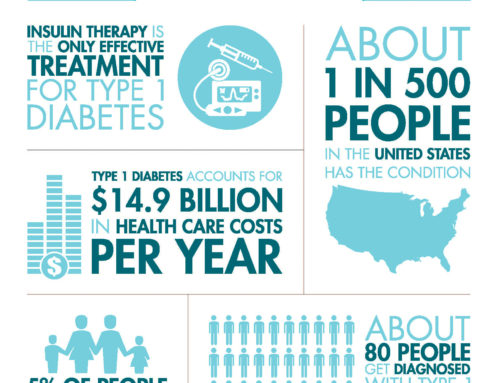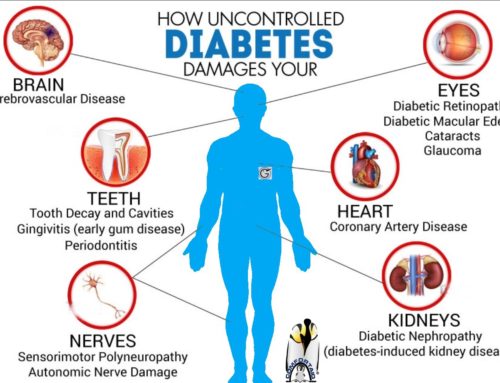Did you know that a human being walks about 100,000 miles in a lifetime- it’s like walking around the world 5 times! Do you see now how much our feet support us? Now tell me how much do you support your feet? This question becomes critical for those who live with diabetes. As a person with diabetes, it is important for you to care for your feet properly every day. It is sobering to realize that diabetes is the largest cause of foot and lower leg amputation outside of trauma. Having said that, it should be noted that developing complications from diabetes is not inevitable and healthy diabetic feet are an achievable goal. Even if you have neuropathy or poor circulation, performing daily foot self-exams and taking immediate action at first sign of a diabetic complication can greatly reduce your risk of developing foot ulcers and infection.
Gluxus Health has launched a series of Diabetes and Orthotic Care articles. Please check back frequently to read more about Diabetes and Orthotic Care.
How diabetes effects my feet?
Foot problems in diabetics usually result from interaction among multitude of factors. The major ones are peripheral neuropathy and ischemia from peripheral vascular disease. Confused! Let me explain what this means.
Neuropathy:
Neuropathy is a condition in which nerves are damaged due to high blood sugar. High blood sugar can damage nerves throughout the body but in diabetics the damage most commonly involves nerves of lower legs and feet resulting in loss of sensation and numbness. This is called peripheral neuropathy. When minor injuries occur, the numbness may cause them to go unnoticed; leading to development of sores and ulcers which if untreated or poorly treated may lead to serious complications. A person with peripheral neuropathy can go on walking on a pebble or sharp object in his shoes all day without even realizing it.
Poor blood circulation:
It leads to a higher chance of developing foot problems. High blood sugar causes the blood vessels in legs and feet to narrow and harden, causing a condition called peripheral vascular disease, which leads to poor blood flow and ischemia. Ischemia is when your feet don’t get adequate blood supply and therefore lack vital nutrients and oxygen, causing ulcers, infection and poor wound healing. Poor circulation also leads to swelling, dryness and cold feet. Smoking makes arteries harden faster, thus worsening blood flow problems. You can control some of the things that cause poor blood flow- don’t smoke and keep your blood pressure and cholesterol in check. Depending on the severity of poor blood flow, your healthcare provider will start you on a walking program/exercise and prescribe a medication.
Foot deformities:
Damage to the nerve supply of foot muscles causes weakening of the muscles creates a walking imbalance. This leads to changes in the shape of feet and toes which can create abnormal pressure points and bony prominence causing skin ulceration. Foot deformities also cause difficulty in finding shoes that fit well. If you develop foot deformities, don’t try to force your feet into regular shoes, instead use special therapeutic shoes or foot inserts.
Common foot deformities in diabetics include clawing of toes, arched foot, hammer toes, limited joint mobility and Charcot Arthropathy, which is a rare but serious complication that diabetics face. It causes breakdown of bones of the feet without causing much pain. Early signs include swelling, redness and instability. Read more about foot deformities here (Topic Specific Article – 2).
Frequent Infections:
Diabetics are prone to infections due to nutritional changes that take place in the body and high blood glucose that feed the germs. It mostly occurs in areas of foot that are injured or ulcerated. Infection can be caused by fungus/yeast, affecting skin and toe nails causing a condition called Athlete’s foot or it can be bacterial which is more serious and can affect the underlying bone.
Poorly Fitted Shoes:
Poorly fitting shoes are a very common cause of diabetic foot problems. If you notice redness, sores, blisters and constant pain associated with wearing shoes, discard your old shoes as soon as possible and get new properly fitted footwear.
Note:
Diabetes and Foot Care … read more:
- Diabetes and Alcohol Consumption – Latest Release







Leave A Comment